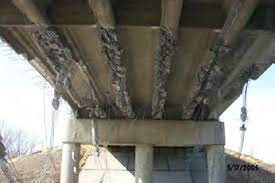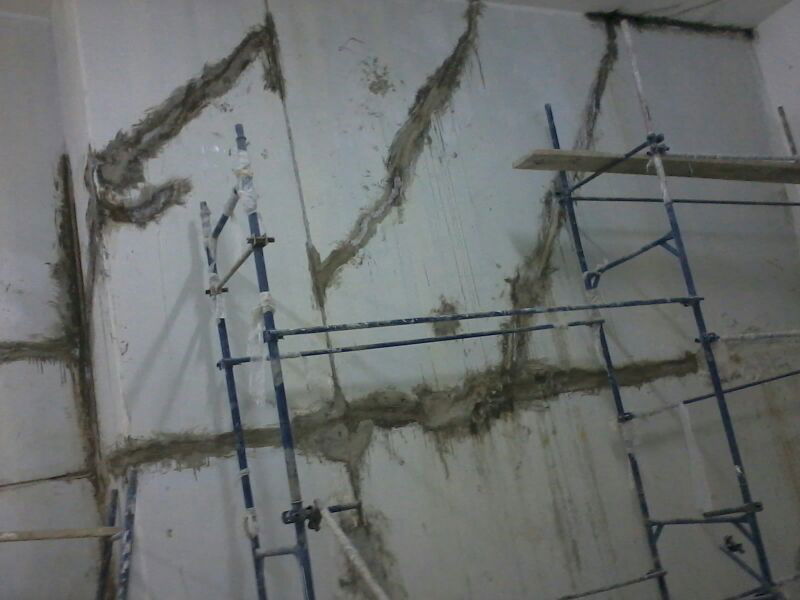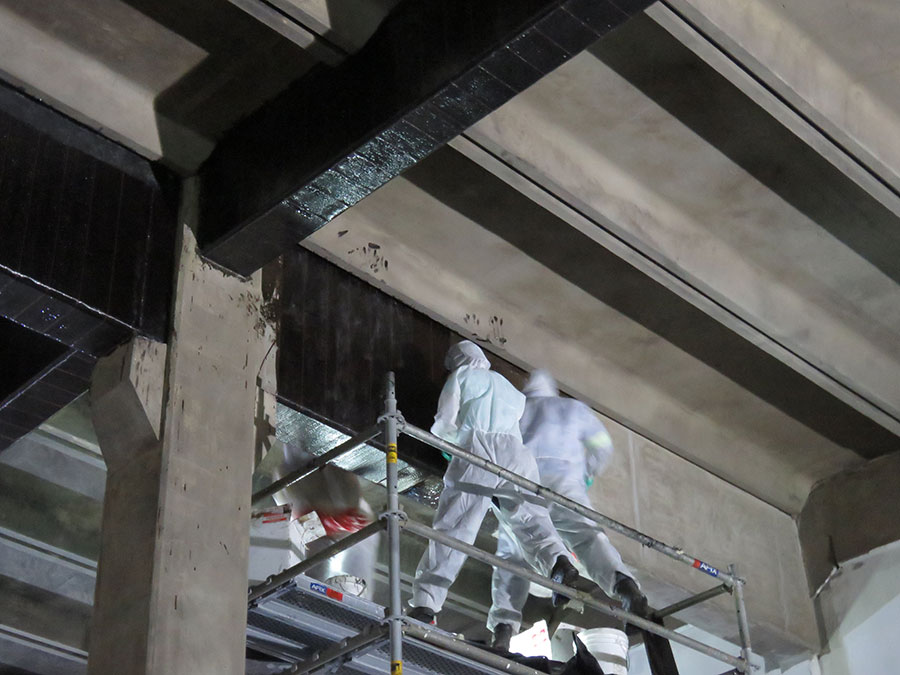Reinforced Concrete Repair

12-7-2021
This article is written by:
Imad Houssami, LAP vice president engineer & MASA Eng. Tech. Engineering partner with extensive concrete repair and waterproofing education and experience.
There are many types of concrete repair, but they can be mainly classified in the following categories:
A)- Structural repairs: where the repairs aim to restore the load-bearing capacity of the damaged parts and/or to prevent these parts from degrading further in order to avoid possible threats to the structure.
B)- Non – structural repairs: such as worn-out surface repairs, waterproofing repairs, and cosmetic or look-enhancing repairs.
C) - A combination of the two types above.
This article shall provide a summary of the most common repair methods used in each case so as to give the reader a fair idea of what should be done to address various usual problems encountered by many occupants or managers in charge of building maintenance.
As a rule of thumb, if one can see cracks, spalling, rust color on the surface, exposed reinforcing steel, or evidence of water infiltration, then that concrete needs to be repaired. The larger the cracks, or the more widespread the rust discoloration or exposed reinforcing steel, or the more severe the water leaks may be, the more immediate action is required to remedy the situation before it becomes more serious so as to cause damages to the furniture, occupants or the building itself. Structural repairs usually involve not only repairs to the concrete itself, but also to the reinforcing steel, and consists mainly of removing of deteriorated concrete, removing rust from the steel, and replacing badly rusted steel. Later, the exposed steel should be coated with anti rust special coatings, followed by a bonding coat to the surrounding concrete before the a fresh layer of surface repair mix is used to replace the damaged parts and restore the shape of the structural member. It is wise in all cases of structural repair to determine the cause of the damage and to take measures to prevent it from re-occuring.
Other types of structural repair may come as additions to the existing members such as enlargements or re-shaping of existing ones (such as enlarging existing columns), attaching carbon fiber mats over load-bearing members to strengthen them, or crack stitching ans epoxy injection by embedding stainless steel rods across the crack to look like it has been stapled to refrain it from getting wider.
Non-structural repairs are mainly used for waterproofing. Water infiltration, that usually carries oxygen and contaminants, is identified as the major cause of concrete deterioration, and hence may dictate the need for repairs. An example of such repairs is what is known as negative waterproofing in basement walls or below-grade structures as it is done on the inside face of the wall while the external face remains buried underground. In this case frail and dirty concrete in honeycombs and cracks is usually routed out or cracks widened, the concrete gets treated with a cementitious slurry coat and grout containing special chemicals that can cause the formation of waterproofing crystals that plug the pores and capillaries of the concrete while the larger voids are sealed with special grouts. Later, another layer of the crystalline slurry is applied to the surrounding concrete surface, which in the case of more advanced hydrophilic crystallines can seal the concrete in depth, sometimes all the way to the other side, thus protecting the reinforcing steel as well. Once the leak is plugged, the steel is protected, and the surrounding concrete is sealed, then the structure is waterproofed and future structural repair can be avoided.
Surface and cosmetic repairs may be addressing of tiny surface cracks, applying special rendering to a deteriorated surface of regular or stamped concrete, and coating with regular, anti carbonation, or waterproofing paints. These may be done alone in cases of simple maintenance or as a finish to any other form of repairs.

Deteriorated concrete in need of repair

Negative waterproofing leaking cracks repair. Courtesy of MASA Eng. Tech.

Application of carbon fiber reinforcement. From: WATERPROOF! magazine



